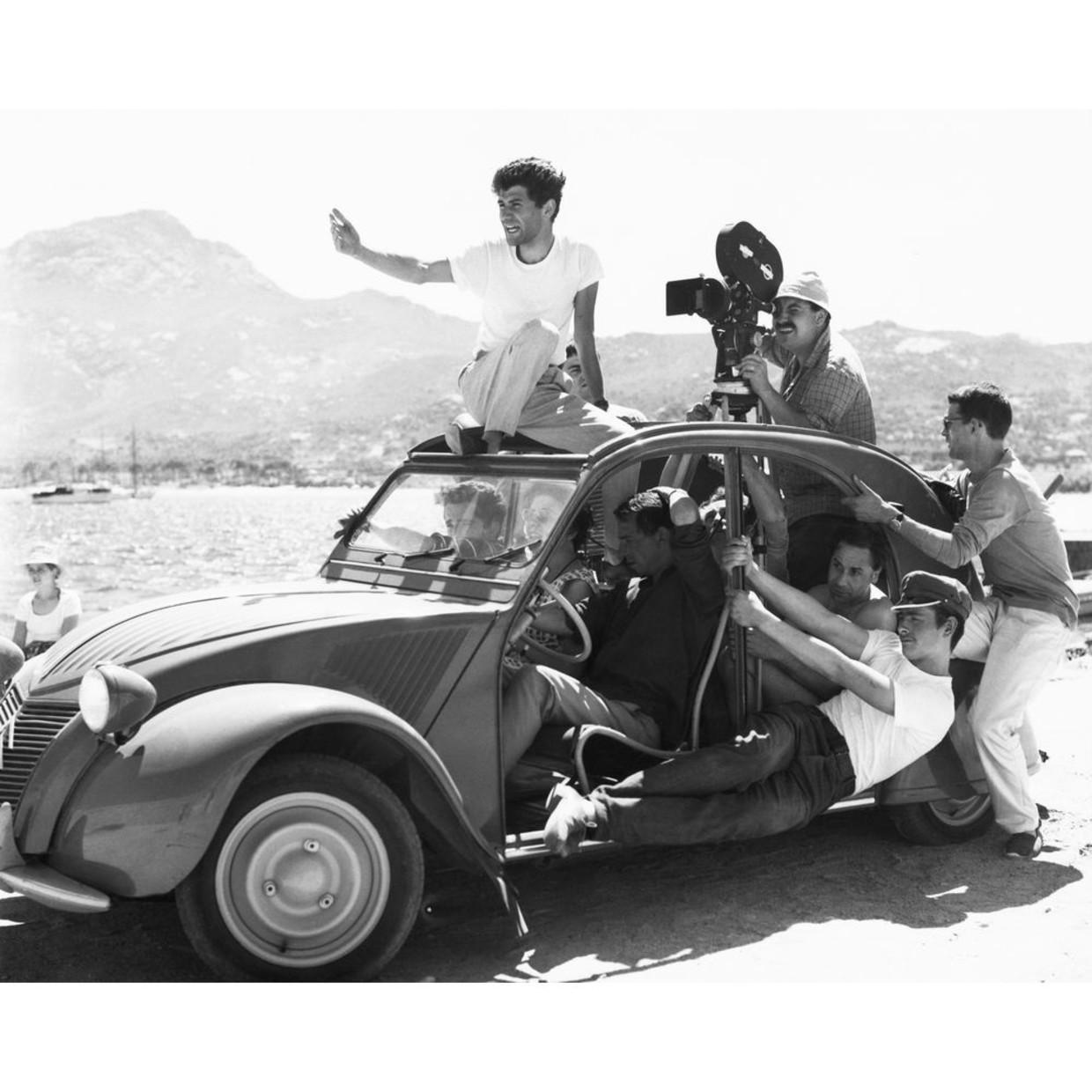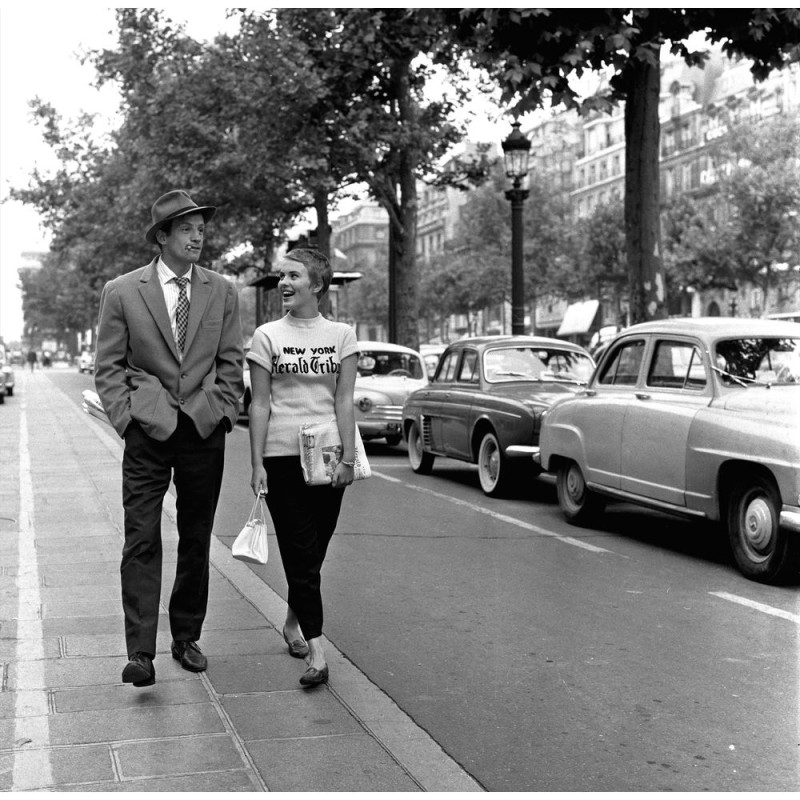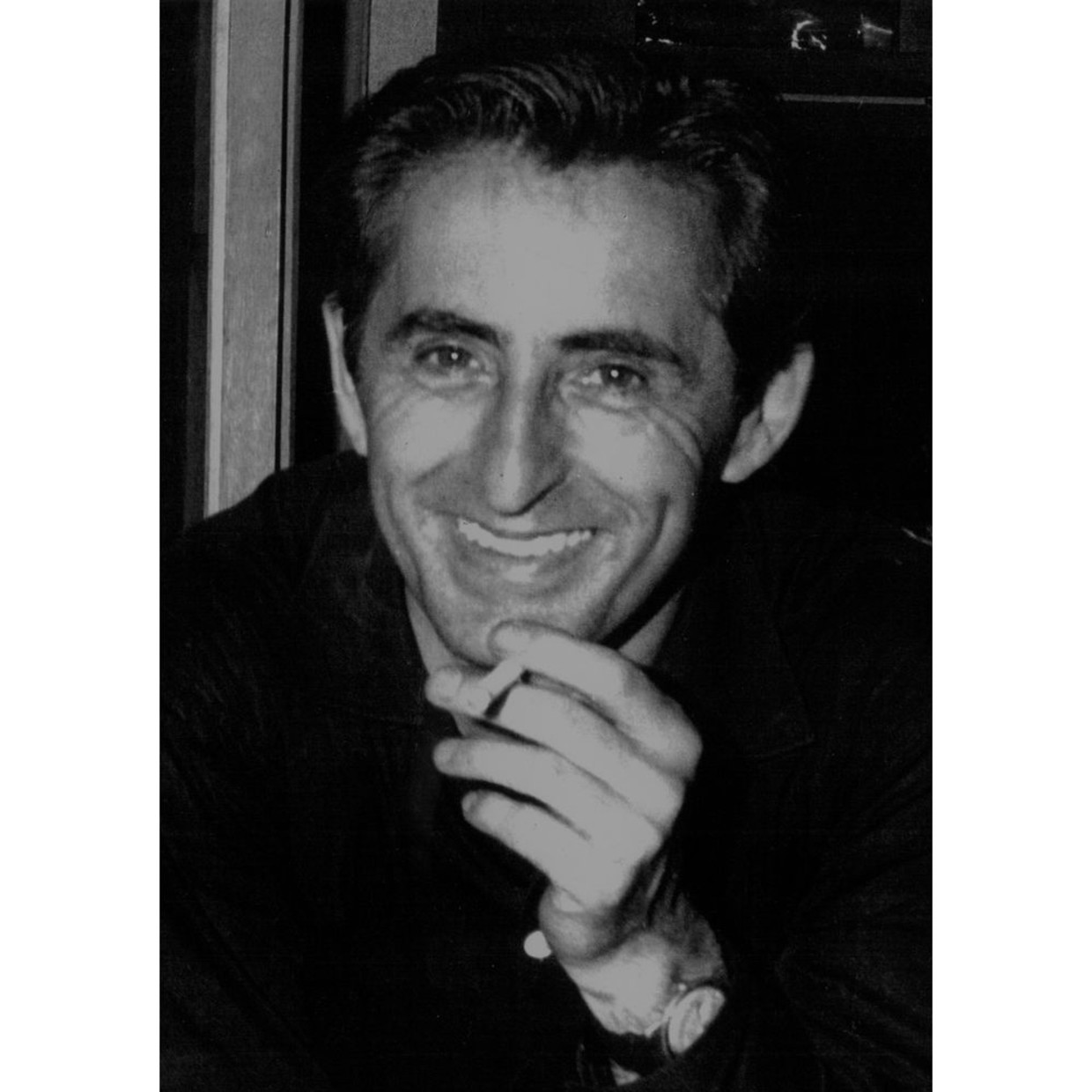Nouvelle Vague
Artists: Raymond Cauchetier
Curator: Sam Stourdzé
Raymond Cauchetier is best known for his photographs of New Wave icons: Jean Seberg and Jean-Paul Belmondo walking down the Champs-Élysées in Breathless, Jeanne Moreau smiling between Jules and Jim-the image that eventually was put on the movie poster-and running on the Valmy footbridge and portraits of Anouk Aimée as Lola. As a set photographer for Godard, Truffaut, Demy, Rozier and Chabrol, Cauchetier embodied the New Wave's boldness by reinventing set photography. He would enter the frame, have the actors replay a scene, document what came before it or photograph the take. Cauchetier gives us an insider's glimpse of life on the set: alongside Godard pushing the cart where the cameraman is huddled for a makeshift tracking shot or the technical crew of Adieu Philippine piled into a 2CV, "an ideal replacement of traditional dollies as long as it's heavily weighted down and the tires are deflated," he says.
Meanwhile, between 1960 and 1972 Cauchetier produced nearly 1,200 photo-novels, first at Hubert Serra, then after setting up his own production company, Image-France, and taking over a weekly publication for Dargaud. He published a series each week, doing everything himself, from making up the storyline, dividing it into 320 shots, writing the dialogue, building the sets, picking the cast, directing the actors, doing the staging and lighting and producing the mock-ups, which were serialized in newspapers or magazines.
The show brings together Cauchetier's work from that period on photo-novels and cinema photographs-some legendary, others unknown-as he celebrates his 100th birthday this year.
Courtesy of artist and Boogie Woogie Photography

 Adieu Philippine, Jacques Rozier, 1960
Adieu Philippine, Jacques Rozier, 1960 Breathless, Jean-Luc Godard, 1959
Breathless, Jean-Luc Godard, 1959


